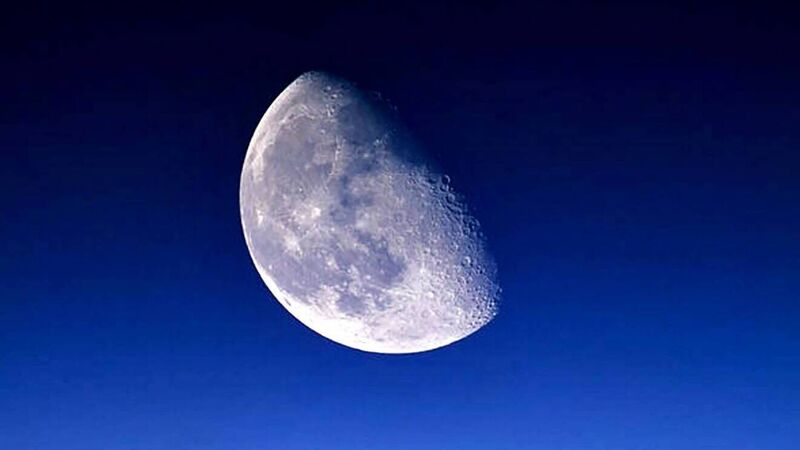Sky Matters: Your guide to the stars this winter solstice

On December 21st we welcome the Winter Solstice when the apparently inexorable shortening of daylight hours comes to a halt. Not surprisingly this event is celebrated in many cultures across the globe and perhaps most famously at the megalithic passage tomb at Newgrange in Co. Meath. I have often been amongst the crowds of excited sunwatchers (as distinct from sun worshippers) waiting for the moment when the Sun peeps above the horizon and throws a warming illumination across the landscape accompanied by the first rays of light reaching directly into the passage tomb. (This event actually happens for a few days either side of the solstice, but the greatest duration of illumination of the passage grave is at the solstice itself.)
One thing we take for granted during this celestial spectacle is the Sun itself. And we shouldn’t. While a large percentage of stars in the galaxy are similar to the Sun, the most common ones are much smaller and there are a few that are mind-bogglingly larger. If the Sun were to somehow be replaced by one of the most populous stars in the galaxy – brown dwarfs – the solstice would be more of a whimper than a big bang. Onlookers would experience illumination which is 100,000 times less bright than our Sun, extremely red in colour (despite the name brown dwarf they are red in colour) and barely able to warm the frozen landscape. The only real consolation might be in the form of a flare as brown dwarfs are given to unpredictable changes in brightness. On the other hand, if the Sun was replaced by one of the brighter stars in the galaxy, for example the star Rigel that’s currently visible in the constellation of Orion, the winter solstice would be an altogether different event. In fact it would be lethal. Onlookers would be exposed to a star that is 47,000 brighter than the Sun and twice as hot, plus it would emit substantially more UV radiation. Life as we know it on a planet surrounding a star such as Rigel would be impossible.
There are other types of stars. White dwarfs are hotter than their brown dwarf counterparts, but again would barely raise the temperature of a permanently frozen Earth and would be a visually disappointing spectacle – if spectacle is even the right word. Neutron stars are the smallest of all stars with typical diameters of about 20km, therefore being much smaller than Cork city, but because they’re so hot (when they’re young, especially) they can be as bright as the Sun! Neutron stars are also emitters of copious amounts of X-rays, so winter solstice viewers would be well advised to stock up on lead shielding. On the other end of the scale are red supergiant stars like Betelgeuse. These are so big that onlookers at the winter solstice would view sunrise from within the star itself. How strange that would be, but also unlikely. Being inside the outer atmosphere of a massive red supergiant would be devastating. And this is the ultimate fate of our own Sun, which will itself expand and become a red giant star in about 5 billion years as it reaches the end of its own life cycle.
Prior to the solstice, and peaking on the night of 13th and morning of 14th is the Geminid meteor shower. The Geminids come from debris ejected by 3200 Phaethon, itself something of a strange mix between an asteroid and watery comet. Up to 2 meteors per minute might be visible, many of them multicoloured and reminiscent of the decorations that surround us at this time of year. With Venus and Jupiter shining brightly to the west throughout the Christmas season, it’s safe to say the heavens is doing its best to bring its own festive cheer, and hear hear to that!








